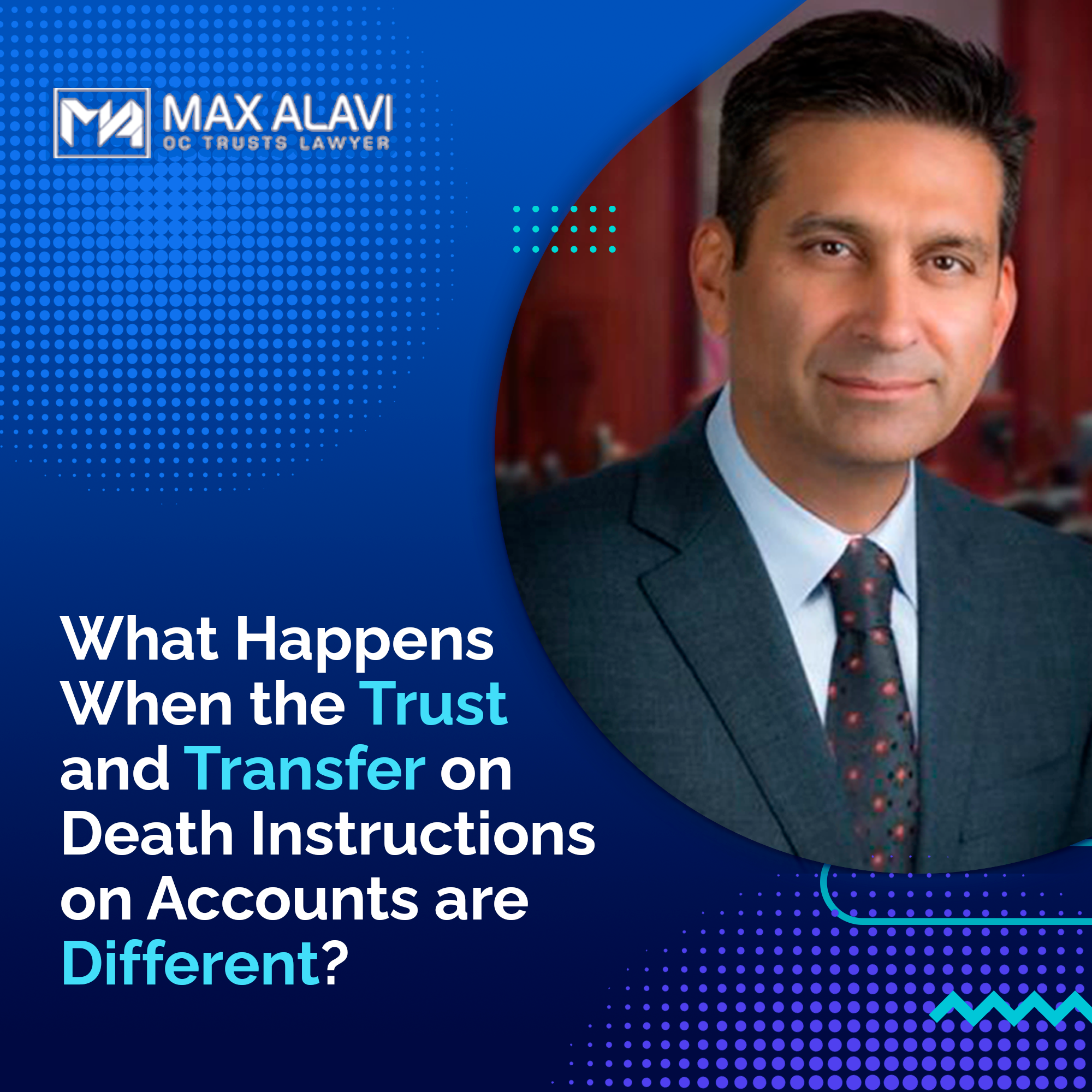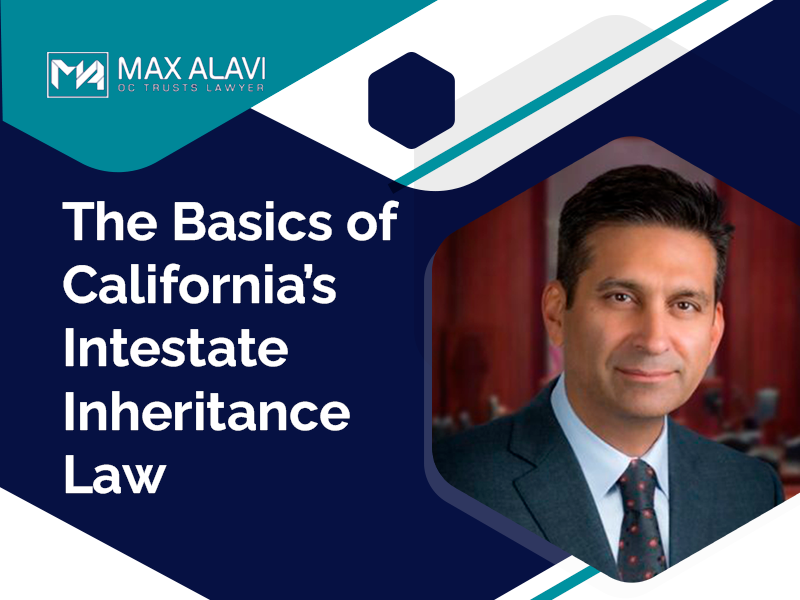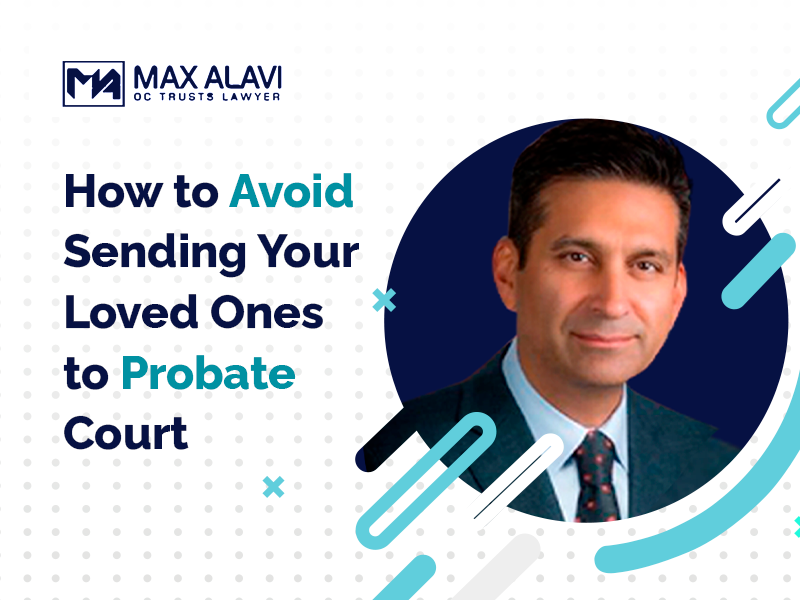In an ideal estate planning scenario, a living trust is fully funded with assets, allowing the entire estate to pass to beneficiaries without dispute or need for probate court. Sadly, this is not always how things work out. Sometimes there may be a discrepancy between the living trust provisions and the Transfer on Death indication of an old investment or banking account. What happens in these situations? What do California’s probate laws say? Find out in the latest blog post from Max Alavi APC, OC Trusts Lawyer, and trusted estate planning attorney.
What Happens When the Trust and Transfer on Death Instructions on Accounts are Different?
In an ideal estate planning scenario, a family will have a living trust fully funded with assets, allowing their entire estate to pass to their beneficiaries through the trust itself. Of course, not every estate planning scenario is so neat and tidy! It is much more common for families to have at least a few banking and investment accounts with old beneficiary designation systems, often inconsistent with the terms of a living trust.
An Estate Planning Case Study
Here’s an illustration that might be helpful.
Imagine that Ashley sets up a living trust in which she names her three daughters as equal beneficiaries of her estate. Before establishing the trust, Ashley had a checking account on which she named only one of her daughters, Diane, as a Transfer on Death (ToD) beneficiary.
The three daughters are embroiled in a dispute regarding the checking account upon Ashley’s death. Diane claims that she is the account’s sole beneficiary, while her two sisters claim that the account should be equally shared among the three of them, according to the terms of the trust. So who’s right?
What Does the Probate Code Say?
Let’s take a closer look at what California’s estate planning laws say. Probate Code § 5302 dictates that a ToD designation, like the one associated with Ashley’s checking account, can fail if there is clear evidence that the deceased account owner intended to distribute assets differently than the ToD indicates. Case law in California establishes that a trust may prove this clear and convincing evidence.
Now let’s get back to our illustration. Since Ashley’s living trust called for an even division of her trust assets, and since the trust was created after she established Diane as the sole ToD beneficiary, there’s a decent chance that Diane’s sisters would win the day in probate court.
Get Help from a Probate and Estate Planning Attorney
But, of course, no family wants to face this level of tension or acrimony. One of the primary goals of estate planning is to provide clarity so that this kind of discord never happens. That’s what makes it so important to ensure that all elements of your estate plan are harmonized, something that a good law firm can help you with.
Max Alavi APC, OC Trusts Lawyer, has a proven track record of helping clients in Orange County, Los Angeles, and Long Beach Area arrive at sensible and effective estate plans. He has countless reviews that attest to his skill and his helpfulness. To find out more about coordinating a living trust with ToD accounts, schedule a consultation with Max Alavi APC, OC Trusts Lawyer.






